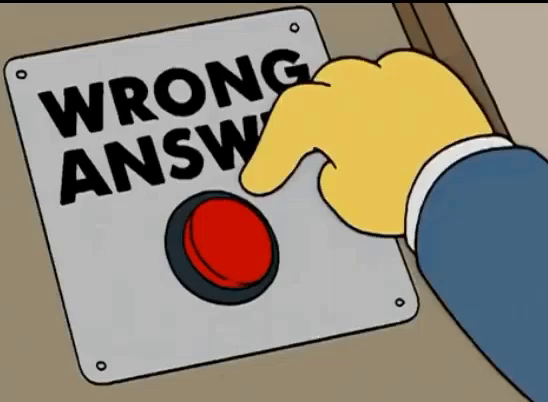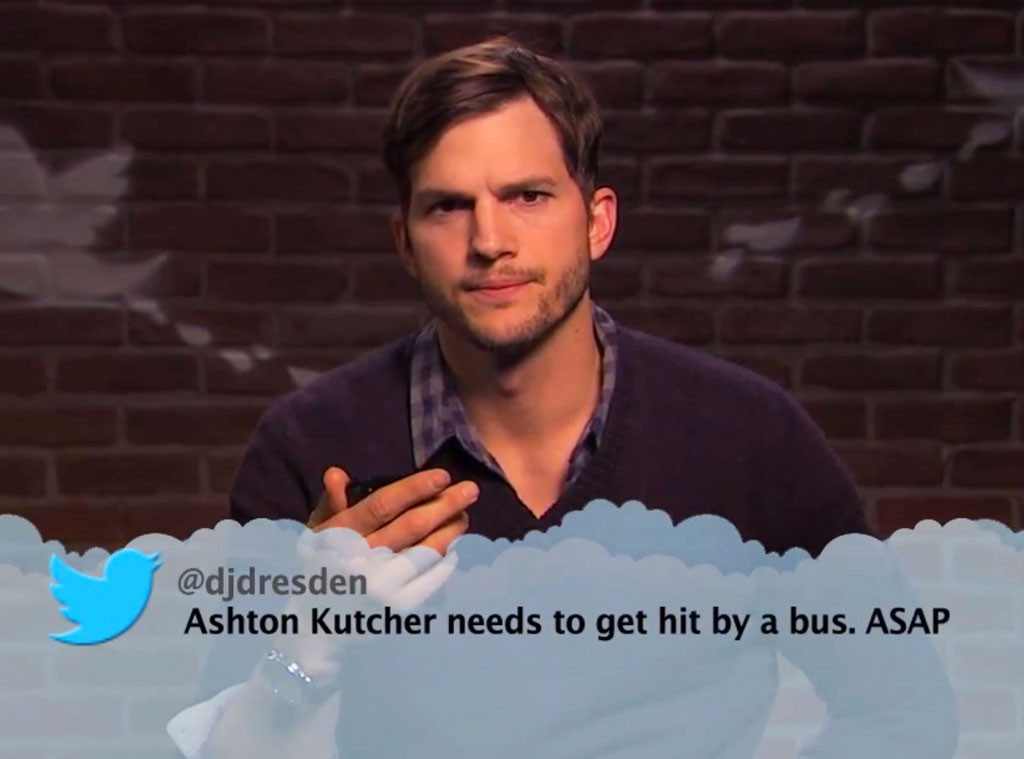7 bad social media marketing habits (and what to do instead)

Bad habits are everywhere. Actions we perform mindlessly or plan to give up… at some point. Feeling suddenly guilty about the role of cake or alcohol in your life? Well, this article is not about that. It’s about social media marketing. Nothing personal, just business.
We’ll go through the list of things that you might be doing wrong, maybe without even realizing it, and give you something to try instead.
1. Treating your business pages as personal profiles.
A disproportionate amount of people that do social media marketing today grew up with social media around. They’ve shared their thoughts, photos, and favorite music online. They posted Facebook updates while being sad, happy, or drunk.

Almost automatically, people transfer this behavior to social media pages they run as marketers. The environment is just too familiar to avoid temptation.
This isn’t the right way. Social media marketing is just another form of marketing: it requires specific goals and ways to measure these goals. It also requires consistency. When deciding to follow your brand’s social page, your customers do so for the content, not because they are your friends and care about you. This means they should know what kind of content you post and be sure they’ll keep getting it in the foreseeable future. If they don’t know what to expect from you, there’s no point for them to sign up.
What to do instead:
So, set goals, come up with a content plan for a month or two ahead, and follow the plan. See how that works out, and then tackle some issues, change the plan, experiment in the next month. A/B test. Measure the results. Just as you would do everywhere else.
2. Keeping up only with direct messages and notifications.
On most social platforms you get direct messages and/or notifications from your followers. You respond to them, reply to questions and complaints, and feel like your job there is done and it’s time to post more images, memes and some evergreen content. Right?

Your first and most important task on social media is interacting with the audience. Email marketing is your main channel for blog and brand promotion. If you’ve got time limits for your social media activity, always prioritize interaction. What does it mean if you’re already responding to mentions directed at your brand and direct messages?
What to do instead:
Use social listening. Find all mentions directed at your brand that didn’t use the handle. Find reviews, mentions on forums and blogs. Respond, comment, interact. Join the conversations in Twitter chats and Reddit threads. Grow brand awareness and help your target audience by leaving your social media page and exploring the rest of the Internet.
3. Misreacting to negative feedback
No matter what you do and how well you do it, you’ll get negative reviews anyway. If you’re a large brand, you might even get attacked by trolls. In your work, you’ll make mistakes and your colleagues will also make mistakes, which you will be responsible for in the face of your social media audience.
In these situations, social media marketers often panic. They delete negative comments and reviews, close the window quickly to avoid confrontation, or start a passive-aggressive Facebook fight.
Naturally, all these reactions are wrong. Deleting comments adds fuel to the fire: people take screenshots, get angry and frustrated. Ignoring comments often shows that you don’t really care about what your customers think, and this is definitely not the impression you want to make. Getting mad is, well, self-destructive.
What to do instead:
Recognize that negative mentions can be at least as useful as the positive ones. They give you a chance to show the online community that you listen, you care, and you do your best to solve problems. Besides, unlike with the positive reviews, readers will be sure this one is a real convo. So:
Step 1: Make sure this isn’t trolling.

Trolling is easily recognized. If it’s a pointless angry message without any specific problem related to your brand that is also personal or completely vague - it’s trolling. You can safely ignore it.
Step 2: Respond ASAP.
Do your best to respond quickly: on social media, 32% of social media users expect a response within 30 minutes. A further 10% expect a response within 60 minutes. According to an NM Incite survey, 33% of respondents would recommend a brand that offered a quick but ineffective response, while only 17% would recommend a brand that offered a slow but effective solution.
Step 3: Try to see the issue through their eyes.
Your customers might be overreacting in your opinion. Or attacking you for something that isn’t your fault. Or be unreasonable. While I get all that, your task is to do your best to see the picture from their perspective. Even if you can’t fix it, your customer should feel that you recognize the issue.
Step 4: Apologize and fix your issue/explain why you can’t fix it.
Talk to the customer. Do your best to fix the situation and, if you can’t, explain why not in the most comprehensive way. Don’t redirect the customer to the next person - this annoys the hell out of people. Ask this person for help yourself.
4. Taking yourself too seriously.
All kinds of brands are on social media these days. Some are meant to be about fun and entertainment, some have a brand image that is almost royal. Regardless, the tone of the conversation on social media should change. Social media did not arrive for brands. It arrived for friends (rhyme not intended). No matter how posh and serious your brand is, if you’ve decided to promote it through social media, the poshness will have to be forgotten.

What to do instead:
Write in a friendly and casual way. You can even joke sometimes while being an important law firm, yes, honestly, you can.
5. Focusing exclusively on self-promotion.
We’ve sort of touched upon that: it’s important to prioritize interacting with people over self-promotion. However, that’s not all. Too often, social media marketers interact well with the customers, but in the meantime, they spam them with never-ending content, deals, and sales pitches. And this doesn’t work because social media is not really about that.
What to do instead:
First, change your attitude: your social media pages are not a platform for direct sales. They are a place for valuable content, as well as contests, quizzes and other forms of entertainment material. They exist to build a community.
If you want to sell through social media, try social selling. It’s when you find “hot” leads on social media who are not aware of your brand and offer them a product (with a discount or a similar benefit). You can learn more about it here or try Awario's feature for finding social selling opportunities.
6. Giving up too quickly.

Social media marketing often seems like a waste of time. Marketers create Facebook and Twitter accounts, post images, reply to followers... They do that for months and yet the community grows at a slow rate, engagement barely grows, website/blog traffic stays the same. And then they give up on social media, or hire a different person for the job (and then another one), or change the strategy, shifting the focus to some other method completely.
What to do instead:
The best growth hack for social media marketing is consistency. It's not very likely that your brand's social media post or even the funny behind-the-doors video will go viral and bring you thousands of new followers in a day. If your following is growing, it's already a good sign - keep working. However, experiment with your social media as well. Try social media advertising, get creative with what you do, try out new platforms. As a rule of thumb, 80% of your SMM plan should be the tasks that you already do and 20% - something new and experimental.
7. Not measuring results.
Measuring the results of your social media efforts is a pain. And it's not 100% clear how to do that. Which metrics are important, really? As a result, many marketers simply give up on numbers and have only a vague idea about how their work matters.
What to do instead:
This, of course, will depend on your goals. However, keeping track of your results and making sure the numbers climb is important. Even more important, note what hyped/sparked the growth because this is how you decide on the strategy. Here's a more detailed guide on how to measure social media ROI.
TL;DR: Here's an infographic that illustrates all the points in this article. Infographic design by Easelly.














